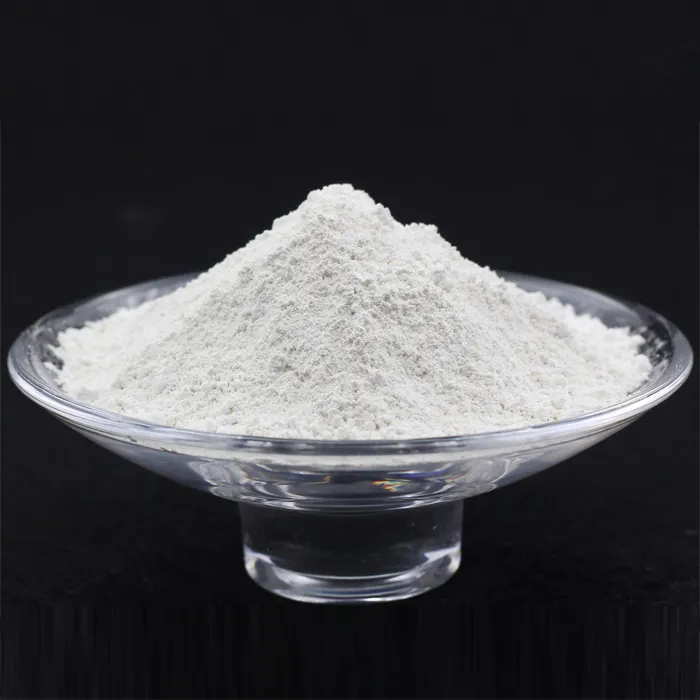The Role of Plastic Additives and Compounding in Modern Materials Science
In the realm of materials science, the pursuit of performance enhancement and application versatility in plastics has led to the extensive use of plastic additives and compounding techniques. These processes are crucial for modifying the properties of base polymers to meet specific requirements across a variety of industries, from automotive to consumer goods.
Understanding Plastic Additives
Plastic additives are substances added to polymers during the manufacturing process to improve or modify their characteristics. These additives can be broadly categorized into several types, including plasticizers, stabilizers, fillers, pigments, and flame retardants, among others.
1. Plasticizers These are perhaps the most renowned additives, primarily used to enhance the flexibility and workability of rigid polymers. By inserting themselves between the polymer chains, plasticizers reduce intermolecular forces, allowing for greater mobility. Commonly used plasticizers include phthalates and adipates.
2. Stabilizers UV stabilizers and antioxidants fall into this category, serving to protect plastics from degradation caused by light, oxygen, and heat. They play a crucial role in enhancing the longevity and durability of plastic products, particularly those used outdoors, such as agricultural films and outdoor furniture.
3. Fillers Fillers such as calcium carbonate and talc are used to reduce material costs, improve mechanical properties, and enhance the processing capabilities of plastics. Fillers can also influence thermal and electrical conductivity, making them essential in specialized applications.
4. Pigments To achieve the desired coloration in plastics, pigments are added. These not only improve aesthetic qualities but also can provide additional functional benefits, such as UV protection.
5. Flame Retardants As safety regulations become stricter, the demand for flame-retardant materials is increasing. Additives such as halogenated compounds or phosphorus-based chemicals are integrated to inhibit ignition and slow the spread of flames.
The Compounding Process
plastic additives and compounding

Compounding is the process of mixing base polymers with various additives to create a homogeneous material with desired properties. This step is crucial as it determines the performance characteristics of the final product. The compounding process typically involves several stages
1. Material Selection The process begins with the selection of a base polymer and the appropriate additives according to the application's requirements. This decision is influenced by factors such as mechanical properties, thermal stability, and environmental resistance.
2. Mixing The chosen materials are then thoroughly blended using different types of equipment, including twin-screw extruders, internal mixers, or batch mixers. This ensures an even distribution of additives throughout the polymer matrix.
3. Processing Once mixed, the compounded material is processed into the desired form, which could be pellets for molding or other formats for specific applications. This stage may involve techniques such as injection molding, blow molding, or extrusion.
4. Characterization Post-compounding, the material undergoes testing to ensure it meets predefined specifications. Mechanical tests, thermal analysis, and colorimetric evaluations are standard practices to assess the compounded product's performance.
Advantages of Additives and Compounding
The integration of additives and the compounding process allows manufacturers to tailor plastics to meet specific demands, such as enhanced performance, cost-effectiveness, and sustainability. For instance, the introduction of bio-based additives and recyclable materials encourages the development of eco-friendly products, aligning with the growing consumer demand for sustainable solutions.
Moreover, advancements in nanotechnology are paving the way for the formulation of composite materials that exhibit superior performance characteristics, such as enhanced strength and light weight. This is particularly beneficial in industries like aerospace and automotive, where reducing weight can significantly improve fuel efficiency.
Conclusion
In summary, plastic additives and the compounding process represent a pivotal aspect of modern material science, enabling the development of versatile, high-performance plastics that cater to a wide range of applications. As industries continue to evolve, the ongoing research and innovation in additive technologies will likely lead to even more exciting developments in the world of plastics, ultimately contributing to more sustainable and efficient manufacturing practices.

